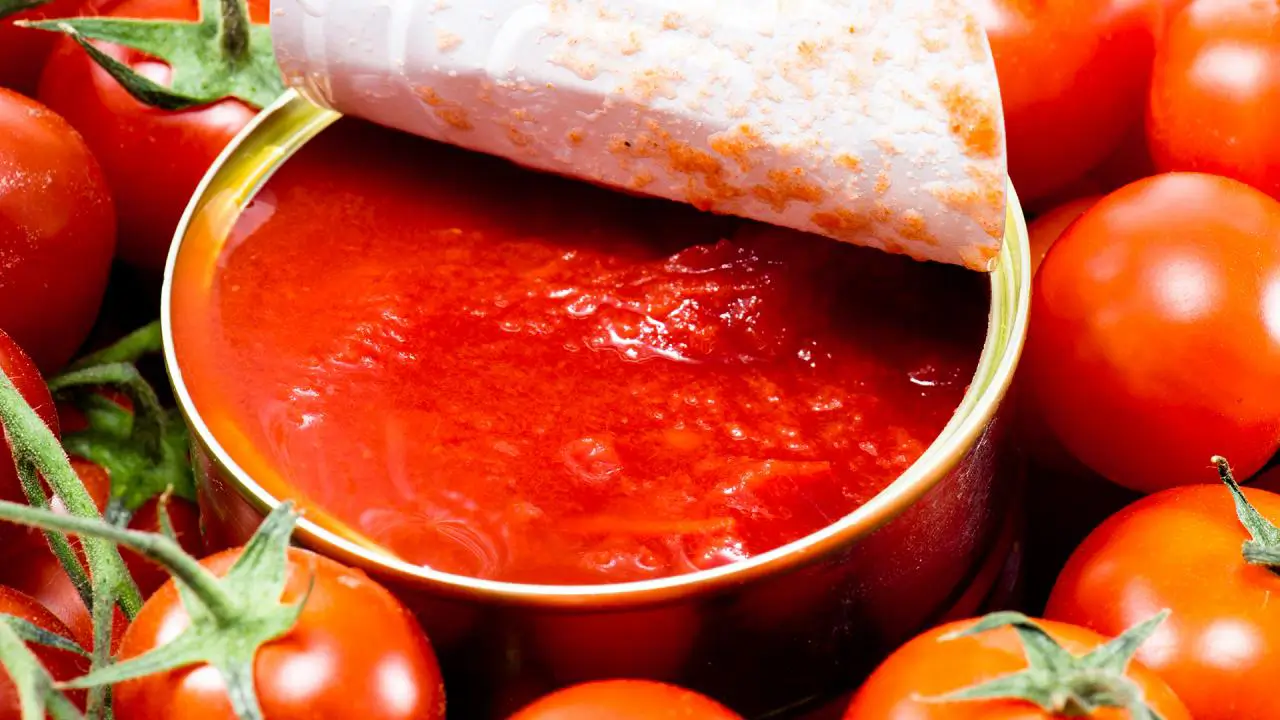
ORGANIL SERVICES [FOCUSED TO ORGANIC CONSULTANCY WITH INTEGRITY AND COMPLIANCE TO RESPECTIVE COUNTRIES ORGANIC STANDARDS] ANIL MATHEW VARGHESE
(WHATSAPP +91 8606551335)
Juice, pulp, puree, and paste are different forms or textures of processed fruits or vegetables. Here’s a breakdown of the differences between these terms:
A. Juice: Juice refers to the liquid extracted from fruits or vegetables. It is obtained by pressing or squeezing the fruit or vegetable to extract the liquid content, leaving behind the solid components. Juice is typically clear or translucent and has a thinner consistency. It contains the water-soluble components, including sugars, vitamins, and minerals, but lacks the fibre and some of the pulp or solid content.
B. Pulp: Pulp refers to the fibrous and solid part of fruits or vegetables that remains after extracting the juice. It includes the flesh, fibres, and sometimes the seeds or membranes of the fruit or vegetable. Pulp can vary in texture and consistency, ranging from fine to coarse. It contains both water-soluble and insoluble components, including fibres, sugars, vitamins, and minerals. Pulp is often used to provide texture or added fibre in products such as fruit juices, smoothies, and some food preparations.
C. Puree: Puree is a smooth and uniform mixture made by blending or processing fruits or vegetables into a thick and creamy consistency. It involves crushing or grinding the fruit or vegetable to break down the fibres and create a smooth texture. Purees can be made using whole or cooked fruits or vegetables. They retain a significant portion of the pulp and are more viscous than juice. Purees are commonly used in baby foods, sauces, soups, and desserts.
D. Paste: Paste refers to a concentrated and thick product made by cooking or processing fruits or vegetables to reduce their moisture content. It involves simmering the fruit or vegetable pulp or puree until it thickens and becomes more concentrated. Paste has a dense texture and is often used as a base or flavouring ingredient in cooking or baking. Tomato paste is a commonly used example, which is made by cooking down tomatoes until they form a thick paste.

In summary, juice is the liquid extracted from fruits or vegetables, pulp is the fibrous solid remaining after juice extraction, puree is a smooth blend of fruits or vegetables with a thicker consistency than juice, and paste is a concentrated and thickened form of fruit or vegetable pulp. The choice of form depends on the desired texture, flavour, and application in different culinary or food processing contexts.
Stay updated with the latest farming tips and agriculture industry news from Africa by subscribing to our newsletter. Don’t miss out on valuable insights and updates. Follow us on Twitter, LinkedIn, and Facebook to join our farming community and stay connected with us.



















